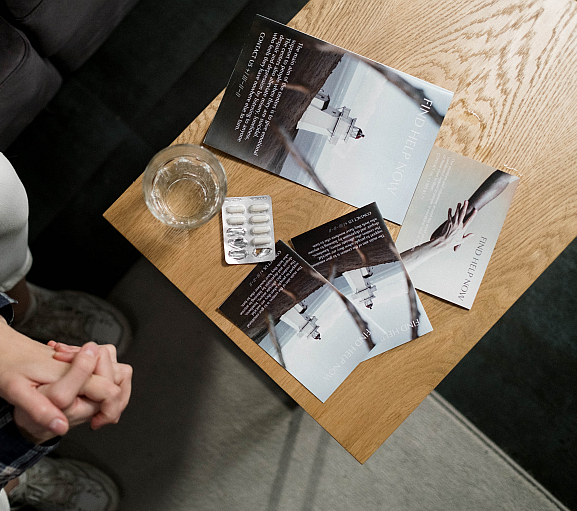
The explain initiative seeks to create a repository of animations that can easily be accessed by UKCRC registered Clinical Trials Units. These animations will be freely available for all trials units across the network to use.


It is important that everyone who might be suitable for a clinical trial is given the opportunity to learn and understand what it is about, to be able to then consider if they wish to participate.

Every trial is different, each one will answer a different question. Information provided about a trial tends to focus on the things that are special about that trial. However, for every trial there are some things that are the same across trials and participants may have questions about these, for example–how are participants put into the treatment groups, how many people are needed to take part to get the answer to the question. Traditionally information about trials is provided as paper leaflets or as a webpage the internet. Leaflets are not the best way of making sure that things are understood, many people prefer visual information (animations or short videos (90 seconds)). One way of providing information is by the use of animations that clearly explain things – these are called Explainer Animations.

Clinical trials units (organisations used to deliver studies in a professional manner) in the UK take widely different approaches in the delivery of information. The Explain Initiative has identified three topics that patients and members of the public feel would benefit from a short Explainer Animation.
These Explainer Animations are freely available in English, English BSL, Welsh, Polish, Panjabi and Romanian to UKCRC Registered Clinical Trials Units. These should help individuals fully understand what taking part in a study means.
